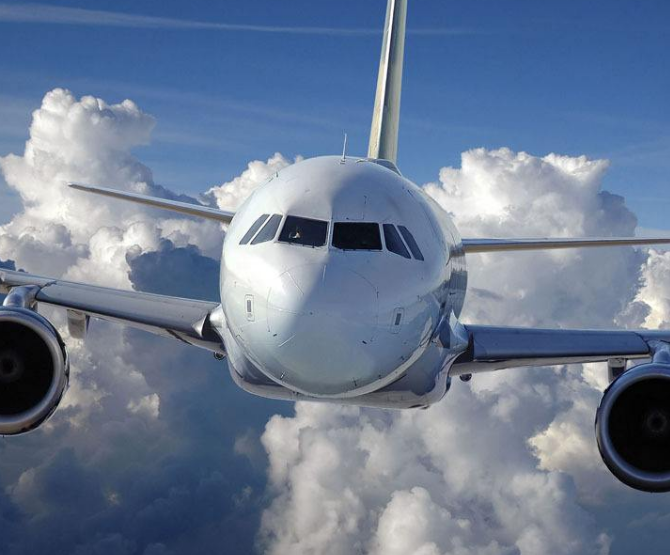SHENZHEN, March 3 (Xinhua) -- Airbus is creating a pillar of innovation in China to leverage future development with Chinese industry and airlines, according to CEO of the European aerospace giant Tom Enders.
"The speed, the partnership, openness to innovation -- all of these elements are very important for us to be a partner with China," Enders said during his recent China visit.
In this trip, he announced the inauguration of Airbus China Innovation Centre (ACIC) in Shenzhen and talked with Chinese partners for further cooperations.
"We saw the innovation potential of China. It is famous for 'made in China', but we saw its growing innovation power," Enders said. "Here, with the innovation center, we can speed up our innovation and attract new partners to fuel our innovation."
Starting from an idea in 2017, it is now the company's first innovation center in Asia and second worldwide after A3 in Silicon Valley, in the United States.
The ACIC will focus on the design, testing and certification of new technologies in the key areas of hardware, cabin experience, connectivity, manufacturing innovation and urban air mobility (UAM).
It is also expected to use local advantages in talent, enterprises and ecosystems, combining with Airbus' experiences and resources in aerospace.
FAST TRACK
Aerospace manufacturers generally have a cycle of 15 to 20 years for new products and Enders admitted "Airbus certainly needs to be faster."
"We need to be more open to innovation and we need to speed up our innovation ideas, technologies into products," he said. "Europe is famous for a lot of things, but not necessarily for speed. You can teach us about your speed here in Shenzhen, and it will be good for both sides."
Shenzhen, which in south China's Guangdong Province, pioneered China's reform and opening-up.
The city is particularly renowned for its fast-growing start-ups, skyscrapers, sci-tech innovation and urban construction.
Airbus and Shenzhen Municipal Commerce Bureau will jointly explore the modern UAM trends to make the city "fly even faster."
By the end of 2019, Shenzhen is expected to be the first Chinese city to introduce helicopter-based UAM services with the joint efforts of Airbus and local partners. The integrated transportation model is anticipated to speed up the city in the Guangdong-Hong Kong-Macao Greater Bay Area.
CRITICAL MARKET
"At Airbus, we see ourselves as a partner in China and of China, with Chinese industry, Chinese airlines and the Chinese government," Enders said.
Around 50 years ago, Airbus introduced helicopters to China, and in 1985, it started to sell commercial aircraft to China.
In 2005, it took "a very important decision" to put a final assembly line in Tianjin, its first such facility outside Europe.
"This decision was hugely validated by the market share. Airbus today has around 50 percent of the commercial aircraft market in China," he said.
Since then, Airbus has strengthened ties with China. It set up a composite material plant in Harbin, and introduced a final assembly line for helicopters in Qingdao with Chinese partners.
By the end of 2018, there were around 1,700 Airbus aircraft in China.
"China has been our critical market. Today 20 percent or more of the annual production of our large commercial aircraft goes to China. That's huge. And helicopters are another huge market," Enders said. "We don't look at China only as a huge market to sell products. We understand that China is an increasingly important place for talent and innovation. That means that we can be here to learn from China, learn from Chinese companies and technologies."




 A single purchase
A single purchase









